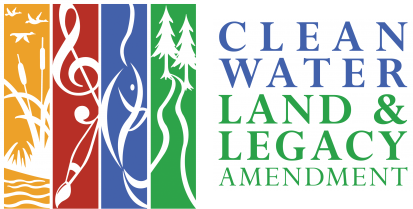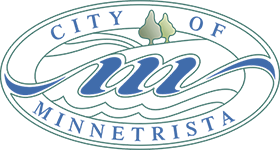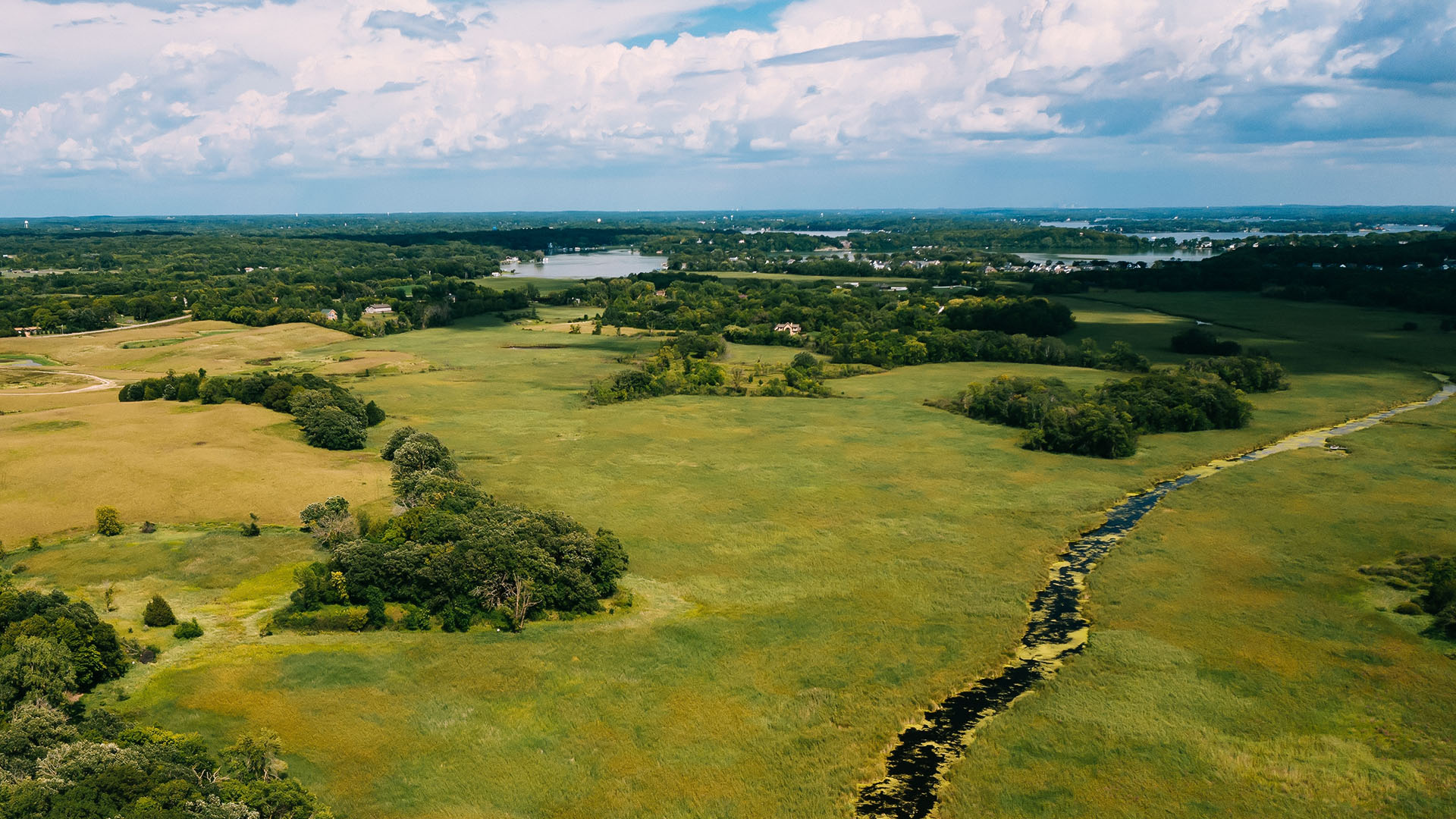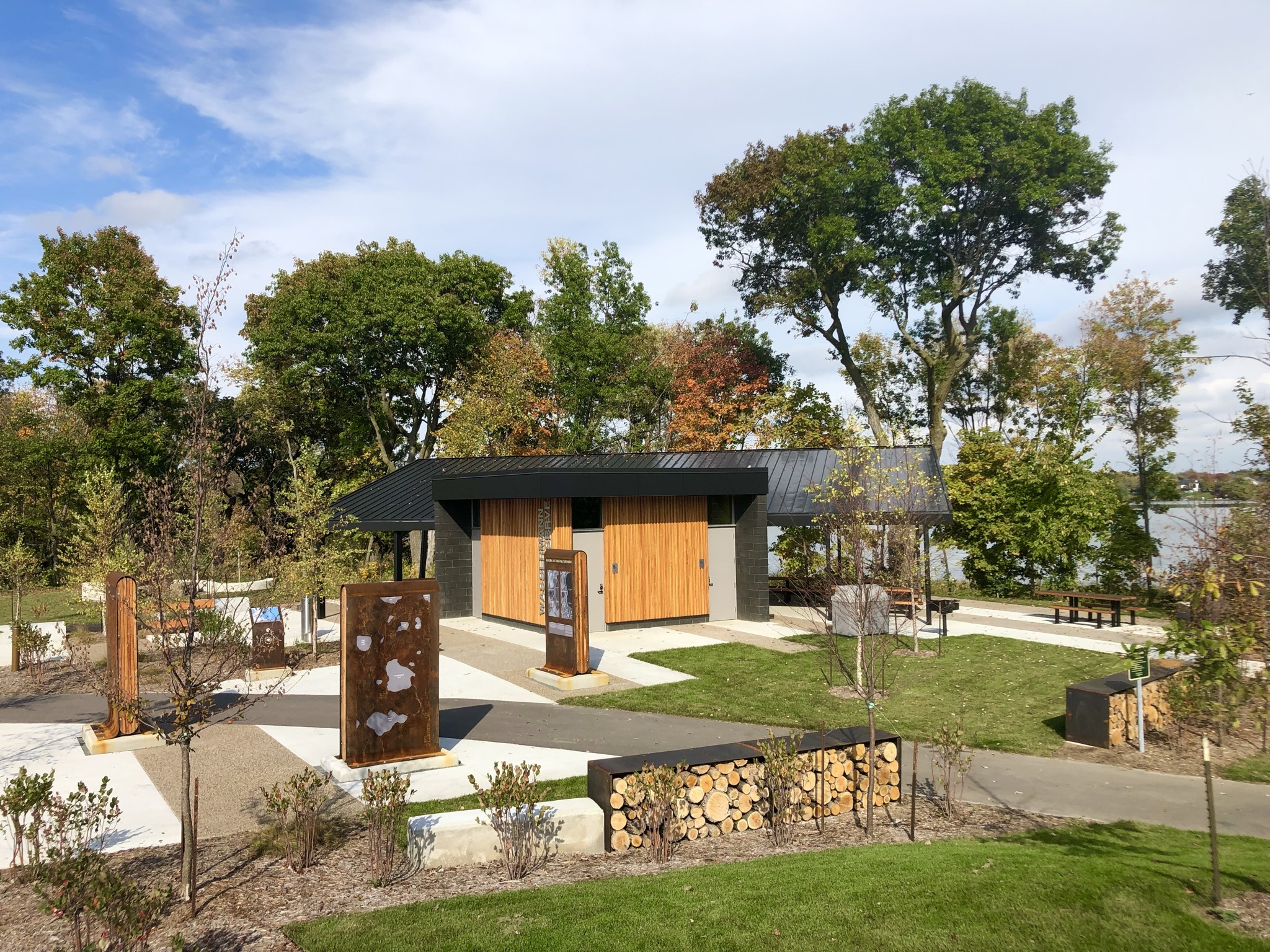
Six Mile Creek-Halsted Bay Habitat Restoration
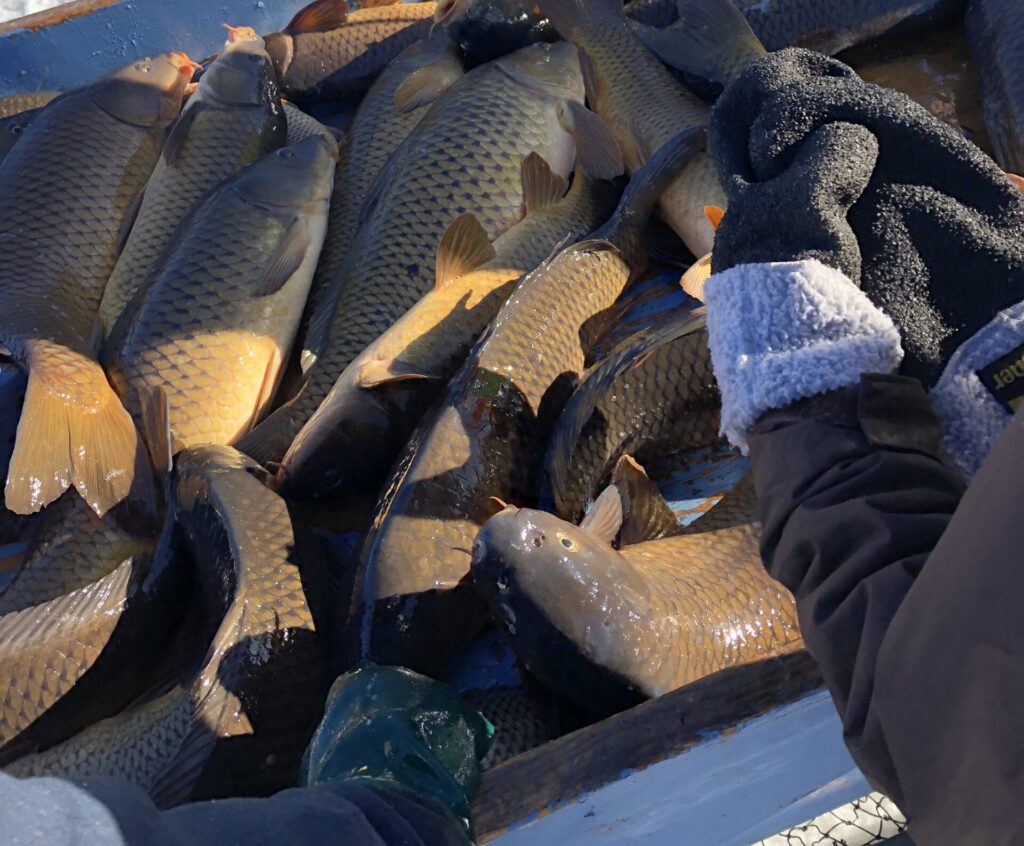
Overview
Since 2014, Minnehaha Creek Watershed District (MCWD) and its partners have engaged in one of the region’s largest habitat restoration and water quality enhancement projects. The project includes the restoration of 2,488 acres of in-lake habitat across 14 deep and shallow lakes, and the creation of corridors of restored wetland and uplands in the Six Mile Creek-Halsted Bay subwatershed (SMCHB), one of the largest tributaries of Lake Minnetonka.
The foundation for this project was a three-year carp assessment conducted in partnership with the University of Minnesota Aquatic Invasive Species Research Center (MAISRC), which evaluated common carp’s abundance, recruitment patterns, and seasonal movement patterns in the Six Mile Creek-Halsted Bay subwatershed. Introduced to Minnesota in the 1880s, carp are one of the most damaging aquatic invasive species in our waters; they uproot aquatic vegetation, dig up nutrient-rich sediment (releasing phosphorus and other nutrients into the water, which contributes to algae blooms), and compete with native fish and waterfowl for food. This immense restoration enhances fisheries and benefits waterfowl and non-game bird communities, while improving recreation for fishermen, hunters, and birdwatchers.

Project Updates
SUmmer 2023
In 2023, the Six-Mile Creek and Halsted Bay Habitat Restoration program will effectively close. MCWD will conduct an analysis of the program to determine its effectiveness and the possible application of strategies in other locations. MCWD will continue to maintain the established population goals and operate barriers and aeration systems.
Project Timeline

Planning Phase
Planning Phase
June 2014 — University of Minnesota’s Carp Study begins
February 2016 — University of Minnesota’s Carp Study results are published

Design Phase
Design Phase
March 2018 — Six Mile Creek Carp Management Plan developed
September 2018 — Subwatershed update
November 2018 — Subwatershed update

Construction Phase
Construction Phase
January 2019 — Carp Management Plan implemented
March 2019 — Carp barriers installed
May 2019 — Staff conduct surveys and net carp
July 2019 — Staff remove carp biomass in East and West Auburn Lakes, Parley Lake, and Halsted Bay
March 2021 — Auburn carp barrier constructed
October 2022 — Carp Management Plan completed

Project completion
Project Completion
2023 — Project Completed
By the Numbers
14
lakes
restored
2,488
acres
habitat provided
4
Carp Barriers
Constructed
275,346
pounds
carp biomass reduction
Project Highlights
- Restored habitat for game and non-game fish
- Improved habitat for birds, including migratory waterfowl
- Increased aquatic vegetation
- Long-term protection from invasive common carp
- Aeration system to prevent winterkill of native fish species
- Permanent carp barriers
- Removal of adult carp to meet the threshold of ecological capacity
All metrics anticipated upon project completion.
Partnership
With the large scale of this project in the Six Mile Creek-Halsted Bay subwatershed, MCWD partnered with several agencies including Laketown Township, the City of Minnetrista, the City of St. Bonifacius, the City of Victoria, the City of Waconia, Carver County, Hennepin County, Three Rivers Park District, the Minnesota DNR, Lessard-Sams Outdoor Heritage Council, and the University of Minnesota Aquatic Invasive Species Research Center.
Funding
Project Cost: $1,021,657
Funding for this project was supported by the Lessard-Sams Outdoor Heritage Fund and the Clean Water, Land, & Legacy Fund. MCWD funded the remainder of the project.
